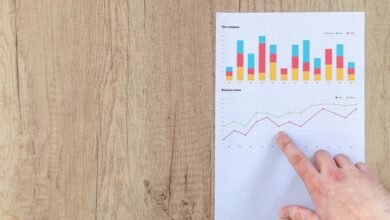Analysis of 2607970722, 2622635147, 2623324009, 2629998017, 2672232367, 2672935009

The analysis of the sequences 2607970722, 2622635147, 2623324009, 2629998017, 2672232367, and 2672935009 reveals significant numerical characteristics. Each number has distinct properties that may influence their interrelationships and broader implications. Investigating patterns of divisibility and prime factors could lead to unexpected insights. Understanding these connections may open new avenues of inquiry, prompting further examination of their potential applications in various fields. What deeper meanings might these sequences hold?
Characteristics of the Number Sequences
The study of number sequences reveals distinct characteristics that are fundamental to their structure and behavior.
These characteristics encompass various number properties, such as divisibility and prime factors, which influence sequence behavior. Understanding these properties allows for a deeper comprehension of how sequences evolve and interact.
This analytical approach fosters an appreciation for the underlying order and freedom inherent in numerical relationships.
Patterns and Trends Identified
Identifying patterns and trends within number sequences reveals significant insights into their inherent structure.
Through meticulous number analysis, distinct sequence trends emerge, showcasing underlying data patterns.
These numerical relationships highlight the connectivity among the numbers, facilitating a deeper understanding of their composition.
Such analysis not only informs about the sequences themselves but also encourages exploration of potential correlations within broader numerical frameworks.
Potential Applications and Implications
Exploring the identified patterns and trends in number sequences opens avenues for various applications across multiple fields.
Potential uses range from enhancing predictive analytics in financial markets to optimizing resource allocation in urban planning.
Furthermore, understanding these sequences can lead to significant societal impacts, fostering innovation and informed decision-making, ultimately empowering communities and individuals to navigate complexities in an increasingly data-driven world.
Conclusion
In conclusion, the analysis of the sequences 2607970722, 2622635147, 2623324009, 2629998017, 2672232367, and 2672935009 reveals significant numerical properties, particularly their prime factorization patterns. Notably, 2672935009 stands out as a prime number, emphasizing the rarity of such occurrences within this range. This intriguing statistic highlights the potential for deeper investigations into prime distributions and their implications across various mathematical and scientific fields, fostering a richer understanding of number theory.







